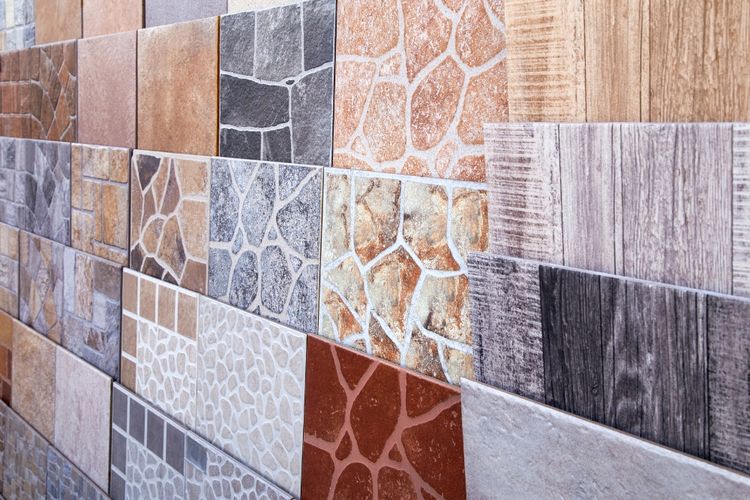Designing accessible wet spaces with safe slip-ready surfaces
Designing accessible wet spaces requires close attention to moisture control, surface selection, and traffic patterns. This article outlines practical strategies for minimizing slip risk while supporting accessibility and long-term durability, covering waterproofing, ventilation, tiles, drainage, sensors, retrofit approaches, and sustainable maintenance.

Creating safe, accessible wet spaces begins with understanding how water behaves and how people move. A well-planned layout reduces standing water, directs drainage, and combines appropriate materials and technologies to limit slip hazards. Attention to waterproofing, membrane selection, ventilation, and regular maintenance also reduces mold and humidity problems, improving long-term safety and usability for people with diverse mobility needs.
How does moisture and humidity affect wet spaces?
Moisture and humidity directly influence surface slipperiness and the risk of mold growth. High humidity can make tile surfaces damp and reduce friction, while condensation on walls and fixtures can drip onto floors. Controlling humidity through design and operation limits moisture accumulation, reduces mold formation, and preserves finishes. Monitoring relative humidity levels and addressing sources like hot showers, poor ventilation, or plumbing leaks is essential for a safe, long-lasting wet area.
What waterproofing and membrane choices protect floors?
Waterproofing is fundamental in wet spaces to protect substrates and finishes from prolonged exposure. A continuous waterproof membrane applied beneath tiles or floor finishes prevents water migration into structural elements. Choose membrane systems compatible with the intended finish and traffic load—some are liquid-applied membranes, others are sheet-based. Proper detailing around drains, corners, and transitions is critical to avoid failures. Using a qualified installer and following manufacturer guidelines ensures the membrane performs as designed.
How can ventilation and sensors manage humidity?
Ventilation reduces humidity by exchanging moist indoor air with drier outside air, and it should be sized for the room’s occupancy and usage patterns. Mechanical extract fans, heat-recovery units, or passive ventilation strategies can all help. Complementing ventilation with humidity sensors enables automated control, triggering fans when relative humidity rises above set thresholds. Sensor-driven systems improve energy efficiency and responsiveness, helping prevent mold and maintaining safer floor conditions without continuous manual intervention.
Which tiles and grout reduce slip risk?
Tile selection influences slip resistance, drainage, and maintenance. Choose tiles rated for wet environments with appropriate slip-resistance ratings (often specified by coefficient of friction or manufacturer classifications) and textured surfaces that maintain traction when wet. Grout joints should balance slip resistance with cleanability: narrow joints reduce tripping, while certain textured or anti-microbial grouts can help control mold. Porcelain or natural stone tiles may perform differently; prioritize tested, certified finishes and consistent surface patterns for predictable grip.
How should drainage and safety features be designed?
Effective drainage prevents pooling and reduces slip incidents. Floor slopes should direct water toward linear drains or centrally located drains while maintaining accessibility standards—gentle, consistent gradients work best for wheeled mobility devices. Integrate slip-aware safety features such as grab rails, contrast edging for reduced visual confusion, and threshold-free transitions where feasible. Drain placement, grate selection, and non-slip trims all contribute to a resilient, safe wet space layout.
How to plan accessibility, retrofit, maintenance, sustainability?
Designing for accessibility means considering users with varied mobility and sensory needs: adequate clearances, stable seating options, and accessible controls for fixtures. Retrofit projects should begin with an assessment from local services to identify structural constraints and retrofit-compatible waterproofing and tile systems. Maintenance plans that include routine inspections for grout condition, membrane integrity, and mold control extend service life. Sustainability considerations—such as durable materials, low-VOC products, water-saving fixtures, and efficient ventilation systems—reduce environmental impact while supporting long-term performance.
Conclusion A coordinated approach to moisture management, waterproofing membranes, ventilation, surface selection, drainage, and ongoing maintenance creates safer, more accessible wet spaces. Combining appropriate materials with sensor-enabled environmental controls and thoughtful retrofit strategies helps reduce mold and humidity problems while maintaining traction under wet conditions. By prioritizing both functional accessibility and surface safety, designers and caretakers can deliver wet areas that are durable, easier to maintain, and more comfortable for diverse users.





